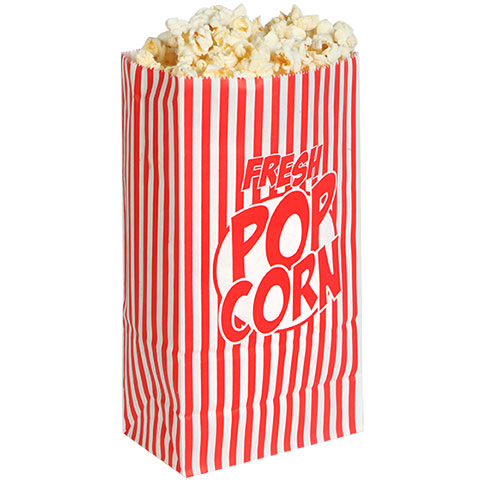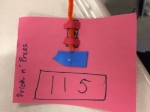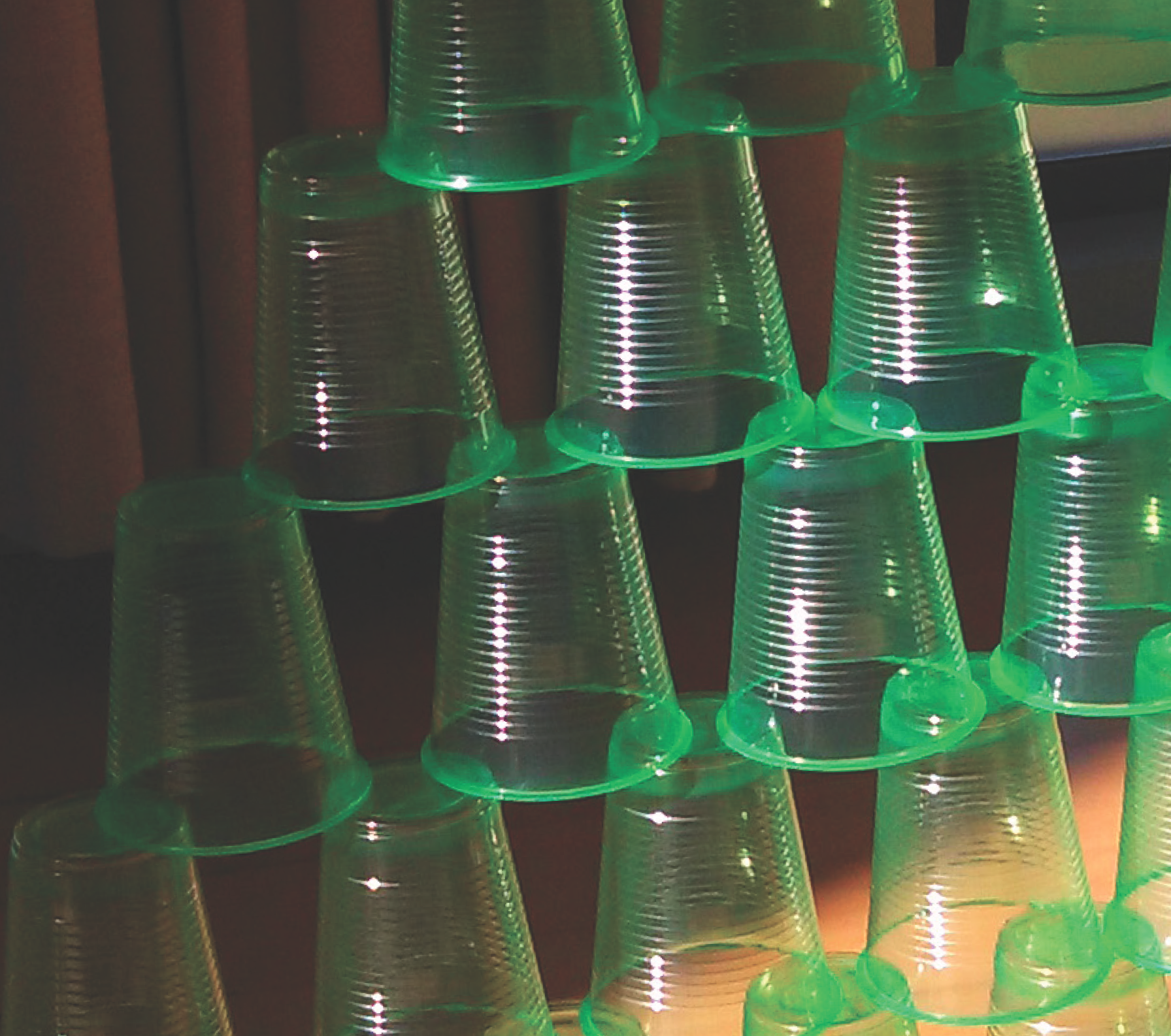Required materials:
household or classroom items, i.e. plastic snack bags, sticky notes, toothpaste, pair of scissors, markers, pencils, etc. within a paper lunch bag
Description:
Many students believe that technology only refers to things powered by electricity. In this lesson, each group of students gets a “mystery bag” containing an example of technology. When students open their bags, they may be surprised to see that they contain everyday objects like sponges, slippers, or bubblegum! (eie.org)
Tips:
Nothing necessarily needs to be bought for this lesson except possibly the paper bags. Many household or classroom items that you already have will work for this activity and can be reused multiple times. Items listed here have already been tested with students as a part of this lesson. My favorite items to use come from the kitchen: Cyclone by Quirky, a spork, gloves, recipe cards, etc.
1. Asking questions (for science) and defining problems (for engineering) 6. Constructing explanations (for science) and designing solutions (for engineering) 7. Engaging in argument from evidence 8. Obtaining, evaluating, and communicating information












